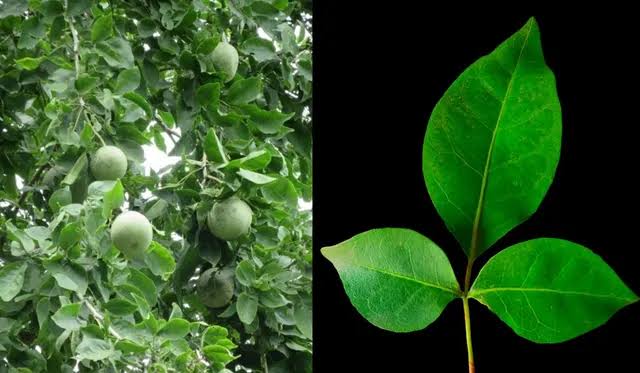Eco Club for Mission LIFE
https://ecoclubs.education.gov.in/


Green Paradise Offers Bel Patra Plant About Bel Patra Plant the Bel Patra plant, also known as Aegle marmelos or Bael, is a sacred and medicinal tree native to India and Southeast Asia. It holds significant cultural and religious importance in Hinduism and is often referred to as the “Bilva” or “Bael” tree in religious texts and practices.Bel Patra, also known as Bilva or Bael, is a sacred tree in Hindu culture and is commonly grown in India and other tropical regions. It is believed to have religious significance and is used in various rituals and offerings. Here are some key features and uses of the Bel Patra plant:Botanical Description:The Bel Patra tree is a medium-sized, deciduous plant that can grow up to 13-18 meters in height. It has glossy leaves that are trifoliate (divided into three leaflets) and possess a pleasant aroma when crushed. The fruits of the tree are round and woody, about the size of an orange, with a hard shell and soft, aromatic pulp inside.Religious Significance:The Bel Patra plant is considered sacred in Hinduism and is often associated with Lord Shiva. The leaves, fruits, and wood of the tree are used in various religious rituals and offerings to Lord Shiva and his consort Parvati. The leaves are believed to represent the three aspects of Lord Shiva: Brahma (the creator), Vishnu (the preserver), and Maheshwara (the destroyer). Offering Bel Patra leaves is considered auspicious and believed to bring blessings and prosperity.Medicinal Uses:Various parts of the Bel Patra tree have been used in traditional medicine for centuries. The ripe fruit pulp is rich in essential nutrients like vitamins (especially vitamin C), minerals, and antioxidants. It is believed to have digestive, laxative, and rejuvenating properties. The leaves and roots are also utilized in Ayurvedic medicine to treat various ailments such as diarrhea, dysentery, gastric disorders, respiratory problems, and skin issues.Culinary Applications:The ripe fruit is consumed fresh, and its juice is a popular beverage in India, known as “Bel Sherbet” or “Bael juice.” The juice is refreshing and has a unique taste, often described as sweet and tangy. In addition to the fruit, Bel Patra leaves are used to flavor traditional dishes and are sometimes added to curries and chutneys.Conservation:Due to its cultural and medicinal significance, the Bel Patra tree is protected and valued. However, like many other plant species, it faces threats from habitat destruction and urbanization. Conservation efforts are essential to safeguarding the tree and preserving its traditional uses and values.


